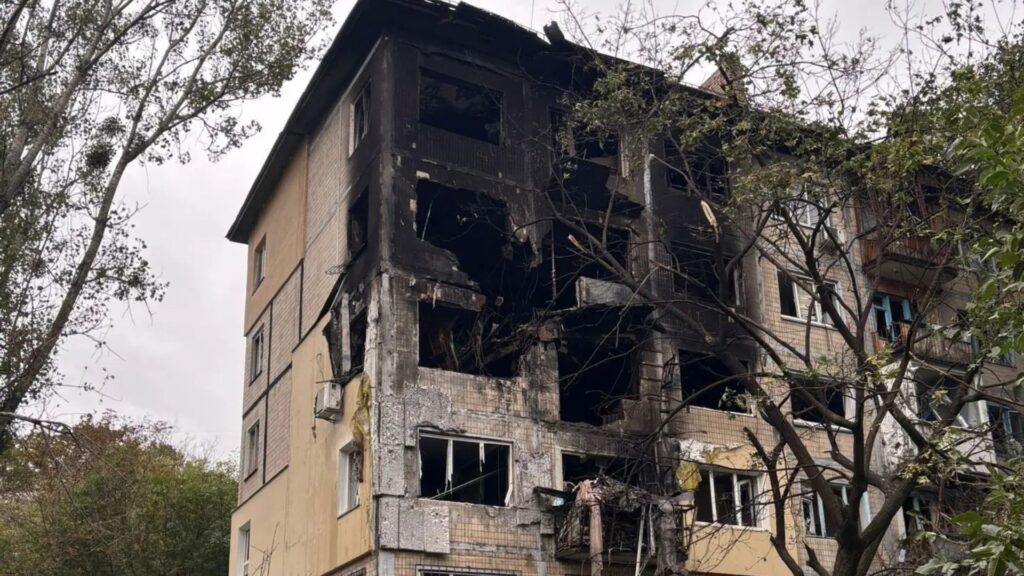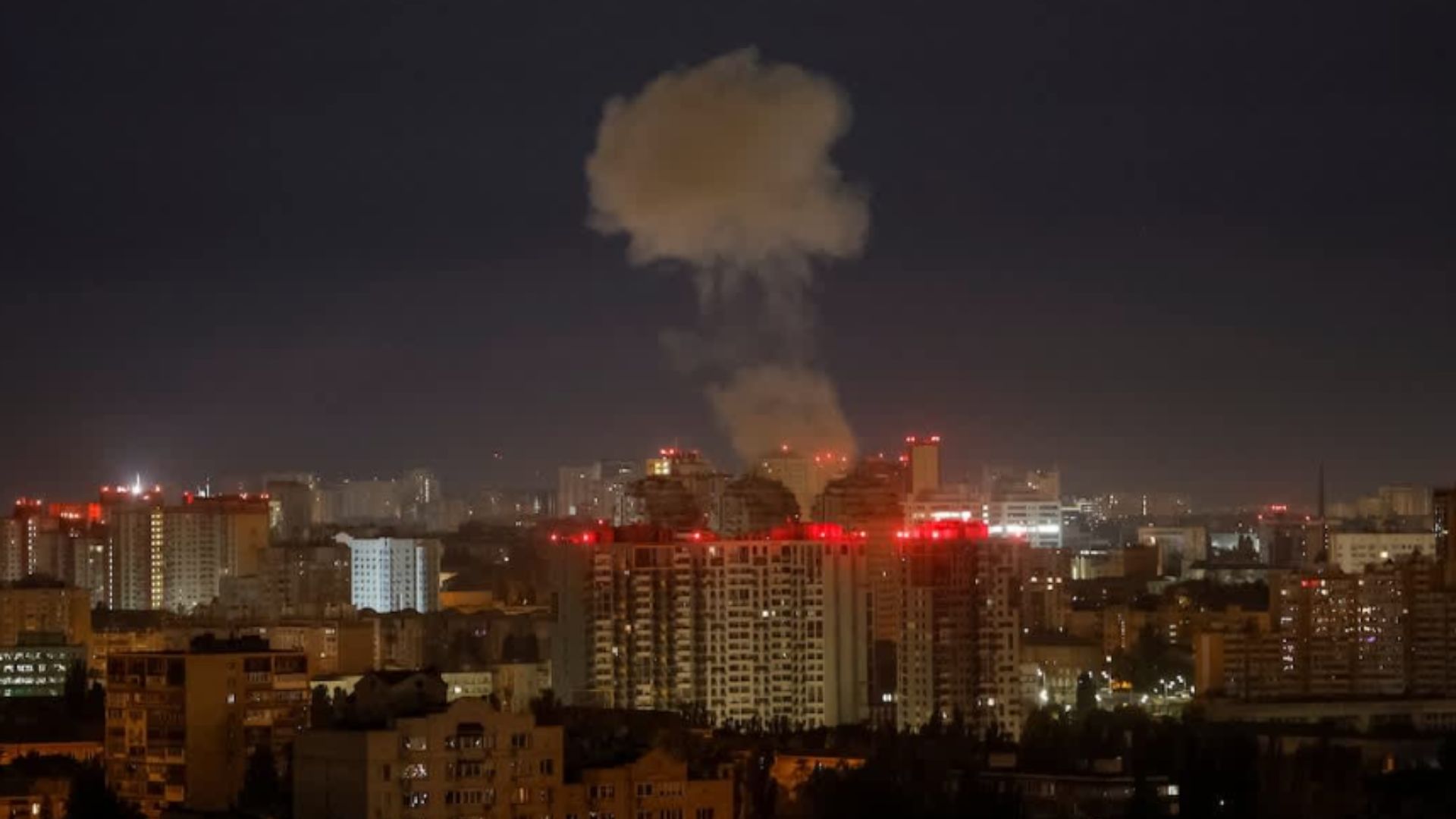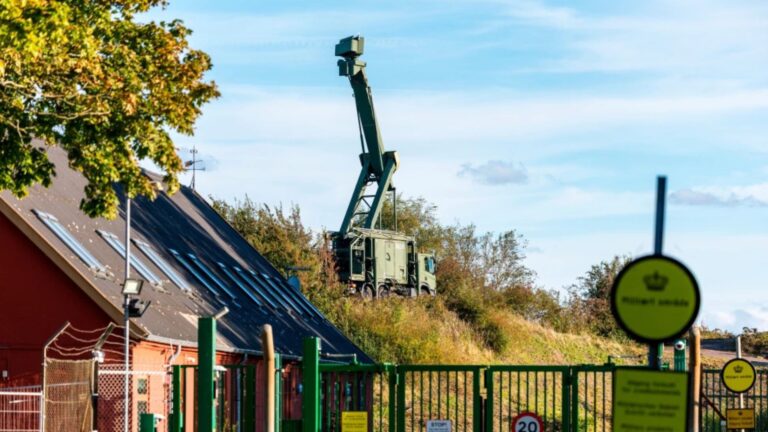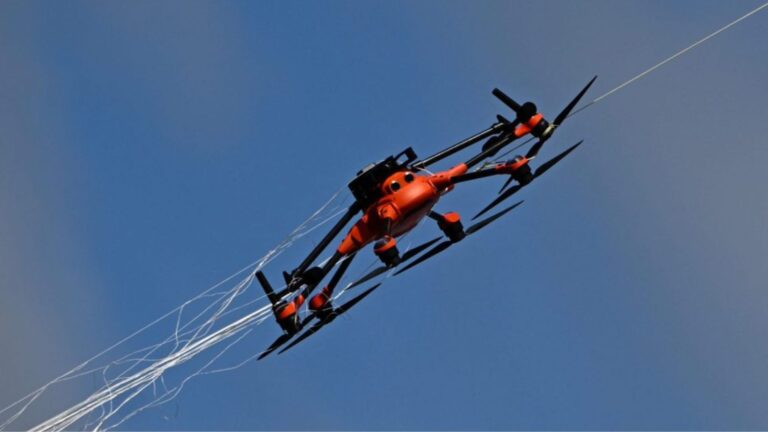
Russia unleashed one of its largest-scale attacks on Ukraine overnight, launching nearly 500 drones and more than 40 missiles in a 12-hour barrage that killed at least four people and prompted NATO ally Poland to scramble fighter jets and briefly close its airspace (Al Jazeera).
Ukrainian President Volodymyr Zelensky confirmed that the massive assault, which began early Sunday morning, killed at least four civilians in Kyiv, including a 12-year-old girl (OPB). At least 27 people were injured in the capital, with damage reported across more than 15 locations throughout the city (Kyiv Independent). The attack also struck the southeastern city of Zaporizhzhia, where at least 38 people were wounded (Ukrainska Pravda).
NATO Response and Regional Tensions
Poland deployed fighter jets and temporarily closed airspace near its southeastern cities of Lublin and Rzeszow in response to the strikes (ABC News). The Polish Operational Command characterized the measures as “preventive” actions aimed at securing airspace and protecting citizens in areas adjacent to threatened regions (CNN). Dutch F-35 stealth fighters and a German Patriot surface-to-air missile system were among the forces put on alert (ABC News).
The assault comes amid heightened tensions across the region, with NATO announcing Saturday it would increase its Baltic Sea presence following recent drone incursions over Denmark and Norway (Reuters). Denmark has reported multiple drone sightings near airports and military installations this week, which officials described as “hybrid attacks” by a “professional actor” (CBC; CNN).
Scale and Impact of Attack
Independent monitors described the overnight assault as one of the biggest Russian strikes on Ukraine’s capital since the full-scale war began in February 2022 (CNN). In Kyiv, the attacks damaged residential buildings, a medical facility, warehouses, and a kindergarten across at least six districts (BBC). The Institute of Cardiology was struck, resulting in the deaths of a nurse and a patient (Zmina).
The barrage featured Kinzhal hypersonic cruise missiles and lasted more than 12 hours, with air raid alerts activated across much of Ukraine (Ukrainska Pravda). According to Ukrainian Air Force data, radar units tracked an unprecedented 643 hostile aerial objects, including 593 strike drones of various types and 38 Kh-101 cruise missiles (Defence UA).
Some Kyiv residents sought shelter in underground metro stations as explosions continued into the morning (CNN). Ukrainian forces successfully intercepted 611 aerial targets, including 566 strike drones, 35 Kh-101 cruise missiles, and eight Kalibr missiles, achieving one of the highest interception rates to date (Defence UA).
Regional Impact and Casualties
Russia also targeted multiple other Ukrainian cities beyond Kyiv. In Zaporizhzhia, a missile struck a high-rise apartment building, with regional Governor Ivan Fedorov reporting that Russian forces carried out at least eight strikes beginning at 1:00 a.m. and continuing until 5:30 a.m. (Kyiv Independent). Three children were among the 38 wounded in the region, with two hospitalized in serious condition—one from mine explosion injuries and another from carbon monoxide poisoning (Kyiv Independent).
Additional attacks were reported in Khmelnytskyi, Sumy, Mykolaiv, Chernihiv, and Odesa regions (Odessa Journal). A bread production facility, tire manufacturing plant, and various civilian infrastructure were damaged across the targeted areas (Ukrainska Pravda).
Diplomatic Context and International Response
The attack occurred as diplomatic efforts to resolve the conflict remain stalled, with President Trump recently declaring that Ukraine could “win all of Ukraine back in its original form” following his meeting with Zelensky at the UN General Assembly (BBC; CNN). This marked a significant shift in Trump’s rhetoric, as he previously suggested Ukraine might need to concede territory for peace (Al Jazeera).
However, Trump has not committed to additional U.S. military aid, instead emphasizing that Europe should take the lead in supporting Ukraine (CNN). Secretary of State Marco Rubio offered a contrasting perspective, asserting that the war “cannot end militarily” and would require negotiations (CNN).
Zelensky condemned the “vile” attack, stating it demonstrated that “Moscow wants to keep fighting and killing” and deserved “the toughest pressure from the world” (Ukrainska Pravda). He emphasized that Russia benefits from continuing the war as long as it maintains energy revenue and operates a shadow fleet, calling for decisive international action (RFE/RL).
Growing Regional Security Concerns
The assault coincided with increased tensions across Eastern Europe regarding hybrid warfare tactics. Estonian officials reported violations by Russian MiG-31 jets, while Denmark implemented a nationwide ban on civilian drone flights ahead of hosting EU leaders for critical diplomatic meetings (Al Jazeera).
NATO’s enhanced Baltic Sea operations under “Baltic Sentry” represent a significant escalation in regional security measures, deploying additional intelligence, surveillance, and reconnaissance platforms alongside air-defense frigates to monitor the strategic region (AP News). The alliance’s coordinated response demonstrates unified concern over Russia’s expanding use of hybrid warfare tactics across multiple NATO member states.











